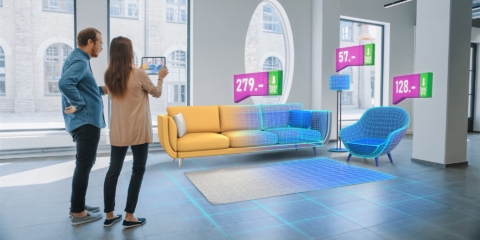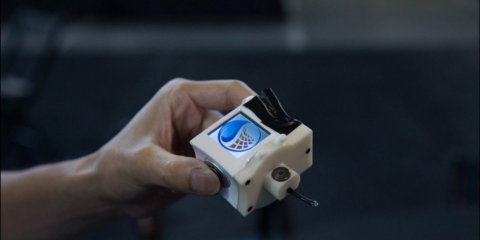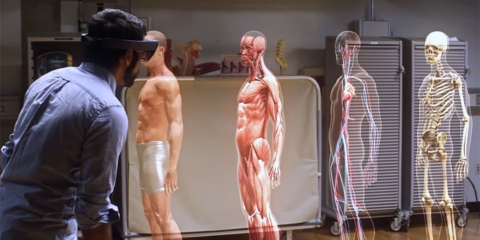Would you like to get notifications from Christian?
What happened? In a bid to close the rural connectivity gap and improve 5G and IoT networks, BT is trialing a new quantum radio receiver. The technology uses excited atoms to form a highly sensitive electric field detector, which is predicted to be over 100x more sensitive than traditional receivers. If the trial is successful, it could mean significant improvements for rural areas that have been struggling with low levels of connectivity.
Why is this important? In the future, BT scientists want the new infrastructure to become the foundation of ultra-sensitive 5G receivers for very low-powered passive mobile networks. In theory, if quantum radio receivers became 100 times more sensitive, we could transmit all the data using only a hundredth of the low-power electromagnetic signals via the air.
This would have a significant impact on reducing the level of radiation emitted by mobile devices and networks, which is something that has been a cause for concern for many people. The latest research shows that disharmonic electromagnetic signals can interfere with harmonic biological intercell communication, the less this effect occurs, the better it is for all living biological organisms.
The trial is still in its early stages, but if it is successful, it could have far-reaching implications for the way we use 5G and IoT in the future. Quantum radio technology has the potential to revolutionize the way we connect with each other and our surroundings.
What's next? BT is currently working with the University of Glasgow on the trial, and they hope to have more Quantum radio receivers up and running in the near future.
Author: Christian Kromme
First Appeared On: Disruptive Inspiration Daily
Christian is a futurist and trendwatcher who speaks about the impact of exponential technologies like AI on organizations, people, and talents. Christian tailors his presentations to your audience's specific industries and needs.



Our world is changing at an exponential rate! A big tidal wave of digital transformation and disruption is coming at us fast. Many organizations see this wave as a threat and experience stress, but there are also organizations that just see this wave as an opportunity.

Imagine sitting with just 10-15 fellow executives at a premier location, gaining clarity on the impact of AI on your industry while enjoying an exquisite dining experience. These are not just meetings—they are transformative moments that will shape the future of your organization



In the future, 3D printing and generative design will allow for products to be designed in a more decentralized manner, and production will take place closer to the customer and fully on-demand. 3D printing technology will also allow for more customization and personalization of products.


The agricultural industry is ripe for disruption. Robotics, AI, and IoT are all technologies that have the potential to radically transform the way we grow food. In combination with vertical farming, these technologies could increase the efficiency and quality of agricultural products.

A human-centered society is one that puts people first and where technology is used to unite and empower people. It is a society that values biological life and dignity above all else. It is a society that recognizes the importance of human relationships and works to strengthen them. In a human-centered society, all members of the community are valued and treated with respect.


The future of healthcare is here. New technologies like AI, IoT, big data, and smart sensors make it possible to become the CEO of your own health. Imagine that your phone can listen to your voice and AI algorithms can detect small nuances in the tone of your voice that indicate specific diseases.
